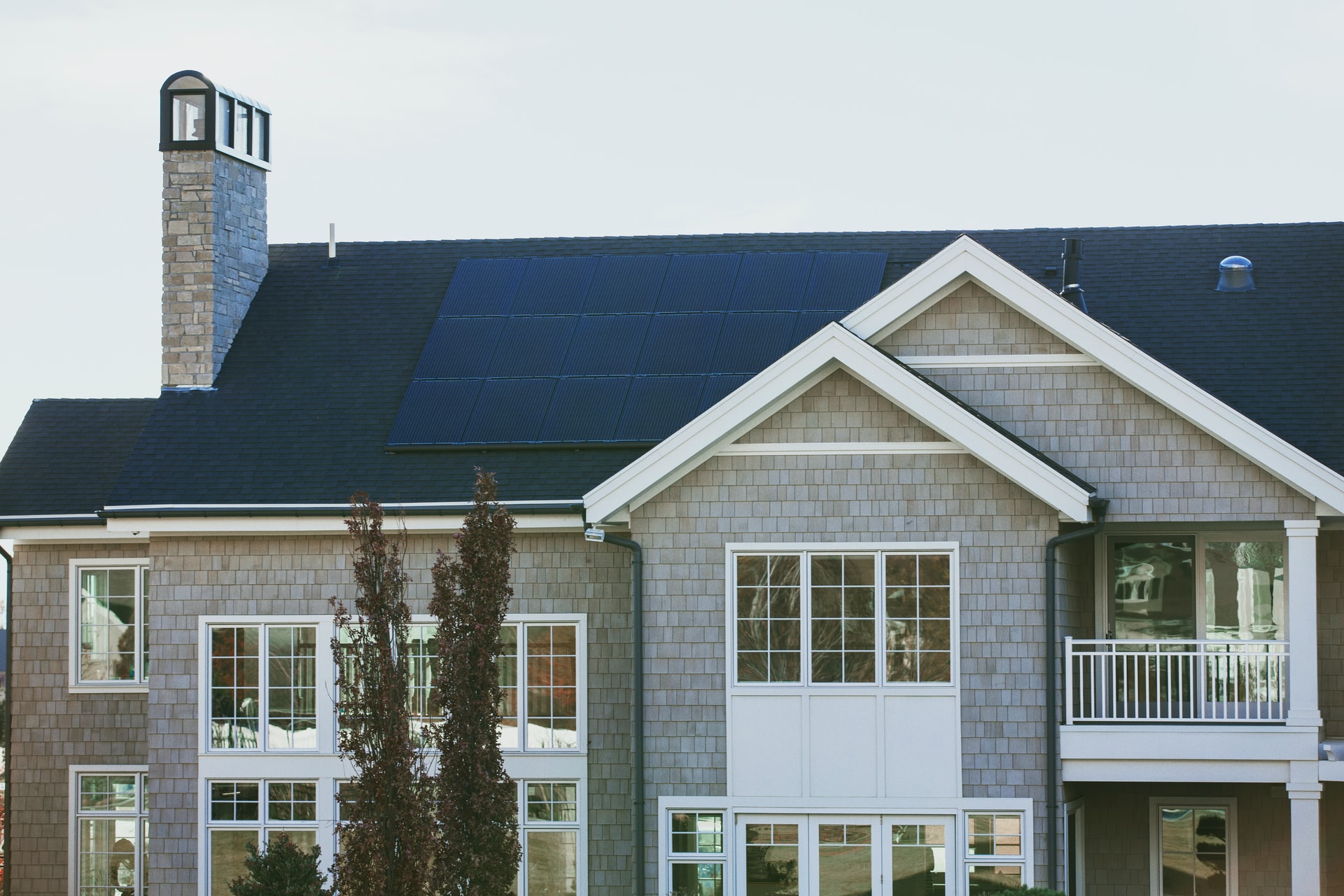Installing Solar Panels? Here’s Why You Should Hold Off on Battery Storage

When President Biden took office, he developed a sustainability-driven policy aimed at minimizing ecological harm. The Build Back Better plan highlights a national carbon-neutrality goal to reduce greenhouse gas emissions. Support for the project involves developing a clean electric grid.
Creating the grid requires solar power storage advancements, and some people are now questioning whether they should invest in battery technology. Before exploring the limitations of solar system storage devices, we must assess the enhanced demand for the advancements.
The Increased Demand for Battery Storage Solar Systems
Solar energy effectively reduces atmospheric degradation. Nearly 80% of the U.S. power supply comes from fossil fuels. During combustion, the energy sources release greenhouse gases, polluting the environment. As emissions invade the atmosphere, they change its composition, minimizing its ability to produce life-sufficient surface temperatures.
Naturally, Earth absorbs solar radiation and produces heat, warming the environment. It then collects extra energy and sends it to space, preventing overheating. Greenhouse gases raise the atmosphere’s light-to-heat exchange rate, producing excessive quantities of heat.
They also trap energy in the environment, refiltering it through the warming process. Over time, emissions increase the global temperature. Renewable electricity produces zero combustion-related emissions and minimizes the enhanced greenhouse effect.
One limitation of solar power reducing its compatibility with global energy demands is its low storage abilities. Panels alone can’t contain excess electricity and are unable to meet needs during low light hours. Environmental engineers and scientists responded to the challenges by creating effective storage technology. This tech converts our energy reliance away from fossil fuels toward clean sources.
Some may question why we have yet to make the transition. There are some limitations with current battery storage, keeping professionals from enhancing independent solar systems.
The Battery Storage Market Is Young
When energy professionals designed battery storage technology for solar power, they utilized hydrogen fuel cells. The system connects solar panels to a large hydrogen storage system residing in metal units. After panels produce electricity, they charge a conventional battery, producing electricity.
Then, the storage device divides the energy into hydrogen and water, removing the water for reuse. Next, the system collects and contains hydrogen and stores it as a solid. When the local electricity demand increases, the technology filters the elements through a hybrid inverter, producing a direct current of emission-less power.
Though the technology effectively stores solar power, it is only suitable with large spaces. Engineers have yet to create a residential option to meet lower energy demands. The lack of compatible devices minimizes battery storage accessibility for independent owners.
Grid-Tied Solar Is More Cost-Effective
Many individuals considering whether to install residential solar systems are concerned about installation and maintenance costs. Some believe panels can damage their rooftops, causing high repair fees. However, they can protect roofs from damaging weather and provide a cooling effect.
The real financial challenges come from battery storage additions. Though panel costs are dropping, providing the most affordable electricity option on the market, battery prices remain high. Individuals can minimize their financial demands by connecting their panels to a grid-tied system.
The grid technology connects regional clean power supplies, using one battery system to store all excess electricity. Using the grid-tied alternative, residents may shrink their initial purchase costs by opting out of a solar-plus-storage system.
Investing in Battery-Ready Inverters
Individuals can still access the benefits of renewable energy by installing panels today and storage systems in the future. Battery-ready inverters help people shrink their carbon footprints and wait for efficient storage system advancements. Researchers predict engineers will produce compatible technology soon, decreasing the reliance on energy grids.
Homeowners can not install panels with an inverter, connecting their electricity to a communal storage system. The inverters also increase a solar system’s cost-effectiveness and reduce reliance on expensive and inefficient devices.

Thank you for your comments Jane, and yes holding off on installing battery storage at the domestic premises level with the view of operating together with Solar PV is sound economic and technical advice.
Looking forward Jane regarding global energy technology science, You may be interested in this information released today in Australia to factor into your research regarding near future global clean energy technology imperatives, which certainly don’t include batteries as technological solutions:
The push to adopt small clean energy modular nuclear reactors for global implementation is going into “overdrive” as Rolls Royce today gained the support of the British government to build a fleet of small footprint miniature reactors [470 MW capacity each].
This reinforces the widely held view in serious global scientific energy science forums, that Renewable Energy technologies globally [Solar PV and Wind in particular] were only ever at best, suitable for miniscule scale applications in boutique and niche circumstances as they lacked the necessary technology attributes to qualify as enduring future mainstream clean energy generation solutions.
Importantly these clean energy small modular nuclear reactor [SMR] designs for global implementation, will be able to “drop into and replace” the existing coal fired generation plants everywhere, and be able to feed directly into the existing electricity distribution networks that are already located at these locations.
It is a critically important and timely opportunity, for the Australian Government and manufacturing industry to follow the path set by the UK government and company Rolls Royce; and create technology partnerships to advance SMR technology globally.
Australian industry is well placed to run with SMR technology and become a prominent global player in this industry, even though Australian politicians currently are anti-nuclear technology, and unlike their British and the European counterparts who are not afraid of nuclear power which already supplies 70 per cent of France’s energy needs and 31 per cent of baseload power in the UK.
https://www.msn.com/en-au/news/other/push-for-small-modular-nuclear-reactors-goes-into-overdrive-with-rolls-royce/ar-AAQXrFA?cvid=18003def24634bde8a058edb1bed0955&ocid=winp1taskbar
Lawrence Coomber